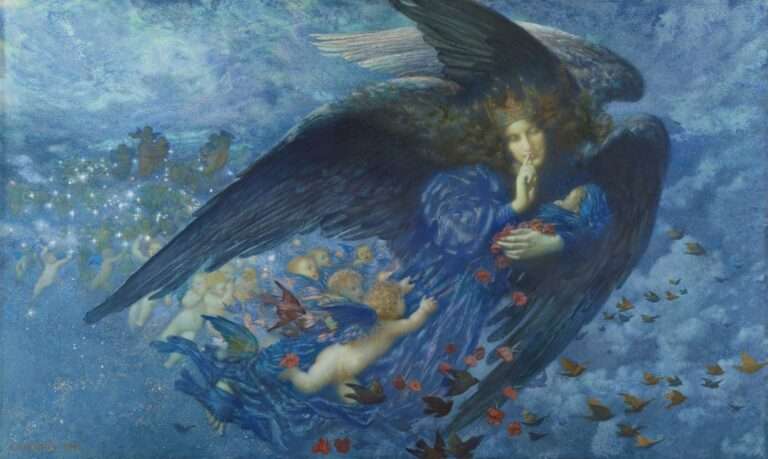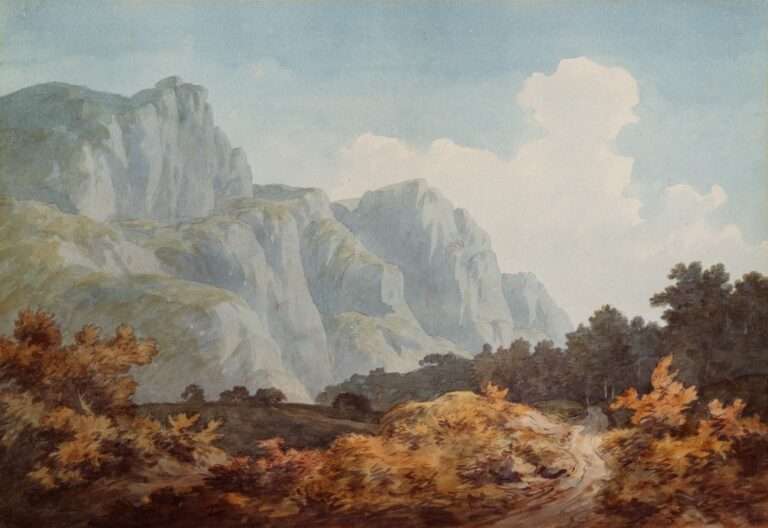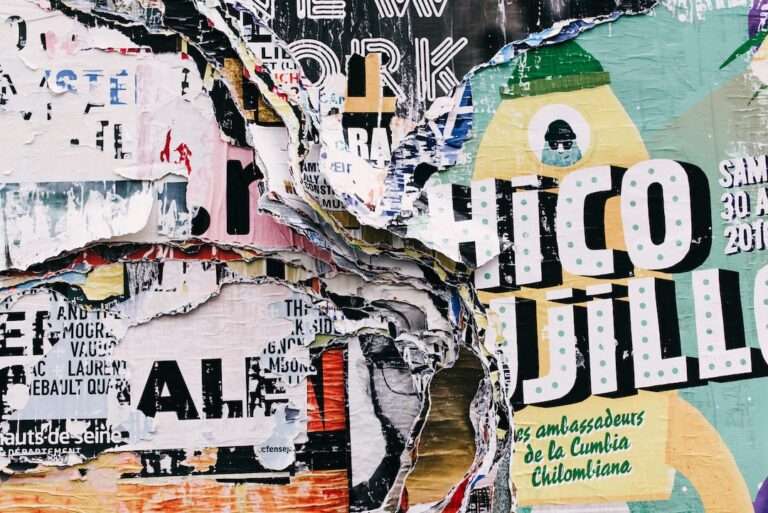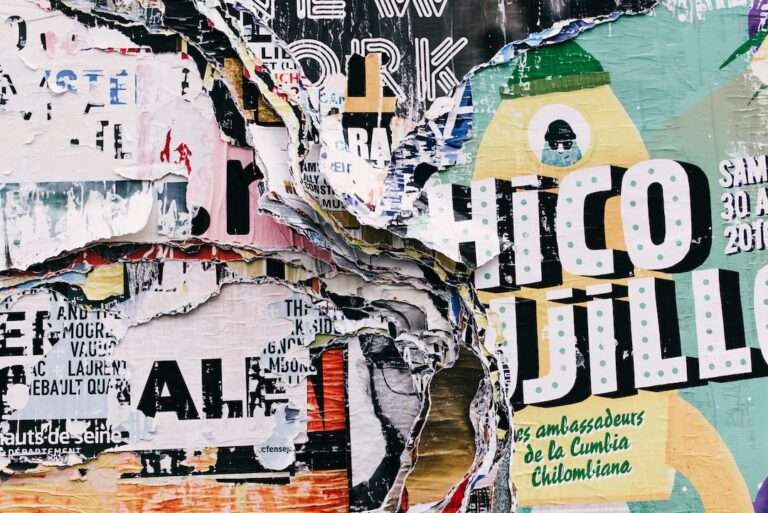Decoding Modern Art Symbolism
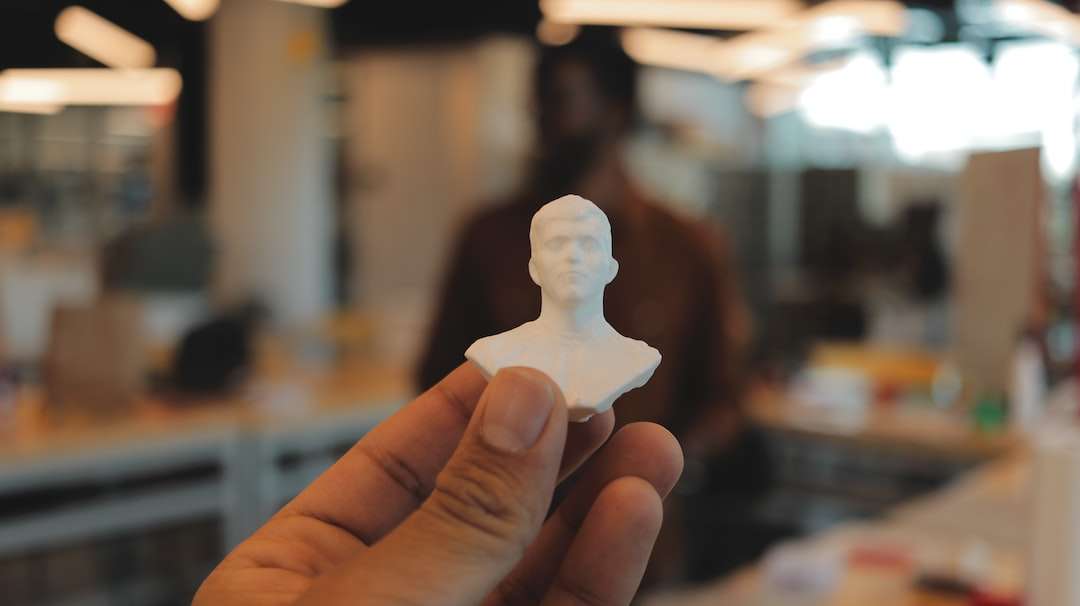
Modern art is a diverse and complex field that emerged in the late 19th and early 20th centuries as a response to the changing world and the desire to break away from traditional artistic conventions. One of the key elements of modern art is its use of symbolism, which allows artists to convey deeper meanings and emotions through their work. Understanding symbolism in modern art is crucial for appreciating the hidden messages and narratives that artists aim to communicate.
Symbolism in modern art refers to the use of symbols, signs, and imagery to represent ideas, emotions, or concepts. These symbols can be visual representations of abstract concepts or they can carry cultural, historical, or personal significance. By incorporating symbolism into their work, artists are able to transcend the literal and create a deeper connection with the viewer. It is through the interpretation of these symbols that the true meaning of a piece of modern art can be understood.
The Role of Symbolism in Contemporary Art
In contemporary art, symbolism continues to play a significant role in conveying meaning and evoking emotions. Artists use symbolism as a tool to express their thoughts, beliefs, and experiences, as well as to comment on social, political, and cultural issues. Symbolism in contemporary art can take many forms, including visual metaphors, allegories, and cultural references.
For example, contemporary artist Banksy often uses symbolism in his street art to critique societal norms and challenge authority. His iconic image of a girl releasing a heart-shaped balloon has been interpreted as a symbol of hope and freedom. The balloon represents innocence and purity, while the act of releasing it suggests liberation from constraints.
Another artist known for his use of symbolism is Ai Weiwei. His installation piece “Sunflower Seeds” consists of millions of porcelain sunflower seeds spread across the floor. This work symbolizes both individuality and collective identity, as each seed is unique but also part of a larger whole. It also references China’s history of mass production and the suppression of individuality during the Cultural Revolution.
Decoding Abstract Art: Analyzing Color and Form
Abstract art is a genre that often relies heavily on symbolism, as it seeks to convey emotions and ideas through non-representational forms. In abstract art, color and form are used as symbols to evoke certain feelings or concepts.
Color in abstract art can carry various meanings depending on its hue, saturation, and intensity. For example, warm colors like red and orange are often associated with energy, passion, and intensity, while cool colors like blue and green can evoke feelings of calmness and tranquility. Artists may also use color combinations to create contrast or harmony, further enhancing the symbolic meaning of their work.
Form in abstract art refers to the shapes and lines used by the artist. These elements can be used to represent objects or concepts, or they can be purely abstract and open to interpretation. Geometric shapes often symbolize order, stability, and balance, while organic shapes can represent growth, change, and fluidity. Lines can convey movement, direction, or emotion depending on their length, thickness, and curvature.
An example of abstract art that utilizes color and form as symbols is Wassily Kandinsky’s “Composition
” This painting features bold colors and dynamic shapes that create a sense of movement and energy. The use of vibrant reds and yellows suggests passion and intensity, while the intersecting lines and geometric forms symbolize the interconnectedness of different elements in the world.
Interpretation of Shapes and Lines in Modern Art
In modern art, shapes and lines are often used as symbols to convey meaning or evoke certain emotions. Artists manipulate these elements to create visual compositions that communicate their intended message.
Shapes in modern art can be both representational and abstract. Representational shapes are recognizable forms that resemble objects from the real world, while abstract shapes are non-representational and open to interpretation. Artists may use shapes to symbolize specific objects or concepts, or they may use them purely for their aesthetic qualities.
Lines in modern art can be straight, curved, or a combination of both. They can be thick or thin, smooth or jagged, and they can vary in length and direction. Lines can convey movement, direction, and emotion. They can also create a sense of depth and perspective in a two-dimensional artwork.
An example of modern art that uses shapes and lines as symbols is Piet Mondrian’s “Composition with Red, Blue, and Yellow.” This painting features a grid of black lines intersecting with blocks of primary colors. The straight lines and geometric shapes symbolize order, balance, and harmony. The use of primary colors represents simplicity and purity. Mondrian’s work is often associated with the De Stijl movement, which sought to create a universal visual language through abstraction.
The Significance of Texture and Space in Contemporary Art

Texture and space are important elements in contemporary art that can be used as symbols to convey meaning and create a sensory experience for the viewer.
Texture in contemporary art refers to the physical quality of the artwork’s surface. Artists may use different materials, techniques, and tools to create texture that is smooth, rough, glossy, matte, or tactile. Texture can evoke certain emotions or sensations, such as softness, roughness, or fragility. It can also add depth and visual interest to an artwork.
Space in contemporary art refers to the area within and around the artwork. Artists manipulate space to create a sense of depth, perspective, and dimensionality. They may use techniques such as overlapping, foreshortening, or atmospheric perspective to create the illusion of space. Space can also be used symbolically to represent emptiness, confinement, or vastness.
An example of contemporary art that utilizes texture and space as symbols is Anish Kapoor’s “Cloud Gate.” This sculpture, also known as “The Bean,” is made of highly polished stainless steel that reflects and distorts the surrounding environment. The smooth and reflective surface creates a sense of illusion and invites viewers to interact with the artwork. The open space around the sculpture allows for different perspectives and interpretations, symbolizing the infinite possibilities of perception.
The Importance of Context in Deciphering Modern Art Symbolism
Context plays a crucial role in the interpretation of modern art symbolism. The meaning of a work of art can be influenced by its historical, cultural, social, and personal context. Understanding the context in which a piece of art was created can provide valuable insights into the artist’s intentions and the intended message of the artwork.
For example, Frida Kahlo’s self-portraits are often analyzed in the context of her personal life and experiences. Kahlo’s paintings often depict her physical and emotional pain, as well as her Mexican heritage and identity. By understanding Kahlo’s biography and the historical and cultural context in which she lived, viewers can gain a deeper understanding of the symbolism in her artwork.
Similarly, the context in which a work of art is displayed can also affect its interpretation. A painting exhibited in a museum may be seen as a valuable historical artifact, while the same painting displayed in a commercial gallery may be seen as a commodity. The location, lighting, and surrounding artworks can all influence how a viewer perceives and interprets a piece of modern art.
The Use of Cultural and Historical References in Contemporary Art
Contemporary artists often incorporate cultural and historical references into their work as symbols to comment on societal issues or to explore their own identity and heritage. These references can take many forms, including imagery, objects, symbols, or narratives.
For example, Kara Walker’s silhouette installations often reference the history of slavery and racial inequality in the United States. Her large-scale cut-paper silhouettes depict scenes of violence, oppression, and sexual exploitation. By using historical imagery and symbolism, Walker confronts viewers with the uncomfortable realities of the past and challenges them to reflect on the ongoing impact of racism in contemporary society.
Another artist known for his use of cultural references is Kehinde Wiley. His portraits often feature African American subjects posed in the style of traditional European portraiture. By juxtaposing contemporary individuals with historical art forms, Wiley challenges traditional notions of power, beauty, and representation. His work explores themes of identity, race, and cultural heritage.
Decoding the Human Form in Modern Art
The human form has been a subject of artistic representation for centuries, and in modern art, it is often used as a symbol to explore themes of identity, emotion, and the human condition. Artists may depict the human figure realistically or abstractly, using it as a vehicle to convey their ideas and experiences.
In modern art, the human form can be used to represent universal emotions and experiences that transcend individual identities. Artists may use body language, facial expressions, or gestures to convey specific emotions or states of mind. The human figure can also be used symbolically to represent broader concepts such as vulnerability, strength, or resilience.
An example of modern art that uses the human form as a symbol is Alberto Giacometti’s sculptures. Giacometti’s elongated and emaciated figures are often interpreted as representations of existential angst and the fragility of the human condition. The thin and fragile bodies symbolize vulnerability and isolation, while the elongated limbs suggest a sense of longing or reaching for something beyond reach.
The Role of Nature and Landscape in Contemporary Art
Nature and landscape have long been sources of inspiration for artists, and in contemporary art, they are often used as symbols to explore our relationship with the natural world and to comment on environmental issues.
Contemporary artists may depict nature and landscape realistically or abstractly, using them as metaphors for larger concepts or as a means of expressing their own experiences and emotions. They may also incorporate natural materials or found objects into their artwork to create a connection between the natural and the man-made.
For example, Andy Goldsworthy creates site-specific installations using natural materials such as leaves, stones, and ice. His ephemeral artworks are often located in natural settings and are meant to interact with the environment. By using natural materials and working directly in nature, Goldsworthy explores the transient nature of existence and the interconnectedness of all living things.
Another artist known for his use of nature as a symbol is Olafur Eliasson. His installations often incorporate elements such as water, light, and air to create immersive environments that engage the viewer’s senses. Eliasson’s work explores themes of perception, climate change, and our relationship with the natural world.
Appreciating the Hidden Meanings in Modern Art
Understanding symbolism in modern art is essential for fully appreciating the depth and complexity of contemporary artworks. Symbolism allows artists to convey deeper meanings, emotions, and ideas that may not be immediately apparent to the viewer. By decoding the symbols used in modern art, we can gain a deeper understanding of the artist’s intentions and the intended message of the artwork.
Whether it is through color and form in abstract art, shapes and lines in modern art, texture and space in contemporary art, or cultural and historical references in art, symbolism plays a crucial role in conveying meaning and evoking emotions. By exploring these different aspects of symbolism in modern art, we can develop a richer appreciation for the hidden meanings and narratives that artists aim to communicate.
So next time you encounter a piece of modern art, take a moment to look beyond its surface and consider the symbols it may contain. By delving into the world of symbolism, you may discover a whole new layer of meaning and significance that adds depth and richness to your experience of the artwork.
If you’re interested in exploring the symbolism behind modern art, you might also find the article on the symbolism of the moon fascinating. The moon has long been a powerful symbol in various cultures, representing mystery, femininity, and the subconscious mind. To delve deeper into this topic, check out https://symbolismhub.com/what-does-the-moon-symbolize/. It’s a thought-provoking read that will enhance your understanding of symbolism in art.
FAQs
What is modern art symbolism?
Modern art symbolism refers to the use of symbols and imagery in modern art to convey meaning and ideas beyond their literal interpretation.
What are some common symbols used in modern art?
Common symbols used in modern art include geometric shapes, animals, plants, human figures, and abstract forms.
What is the purpose of using symbolism in modern art?
The purpose of using symbolism in modern art is to convey complex ideas and emotions that cannot be expressed through literal representation. It allows artists to communicate on a deeper level with their audience.
How does modern art symbolism differ from traditional art symbolism?
Modern art symbolism differs from traditional art symbolism in that it often uses abstract and unconventional forms to convey meaning, whereas traditional art symbolism relies on more recognizable and established symbols.
Who are some famous modern artists known for their use of symbolism?
Famous modern artists known for their use of symbolism include Pablo Picasso, Salvador Dali, Wassily Kandinsky, and Georgia O’Keeffe.
What are some examples of modern art symbolism in popular culture?
Examples of modern art symbolism in popular culture include the use of the skull as a symbol of mortality in fashion and design, and the use of abstract shapes and colors in advertising and branding.
